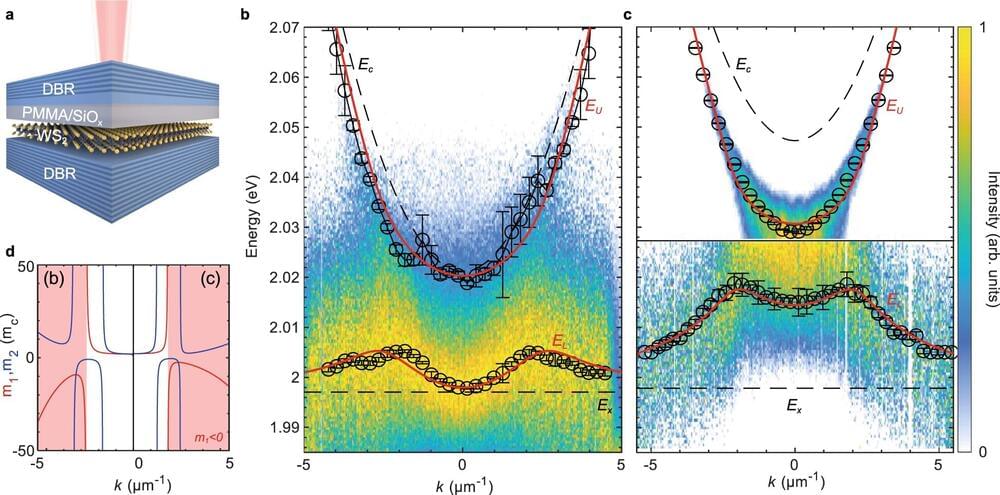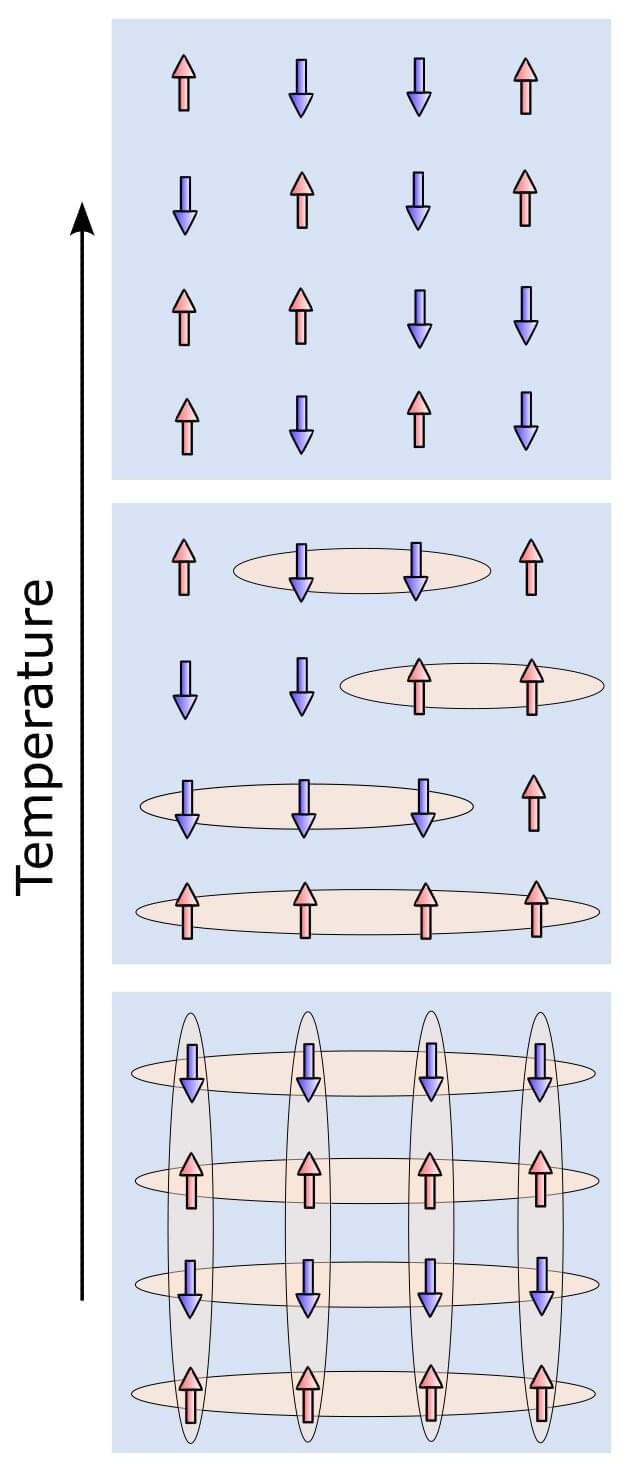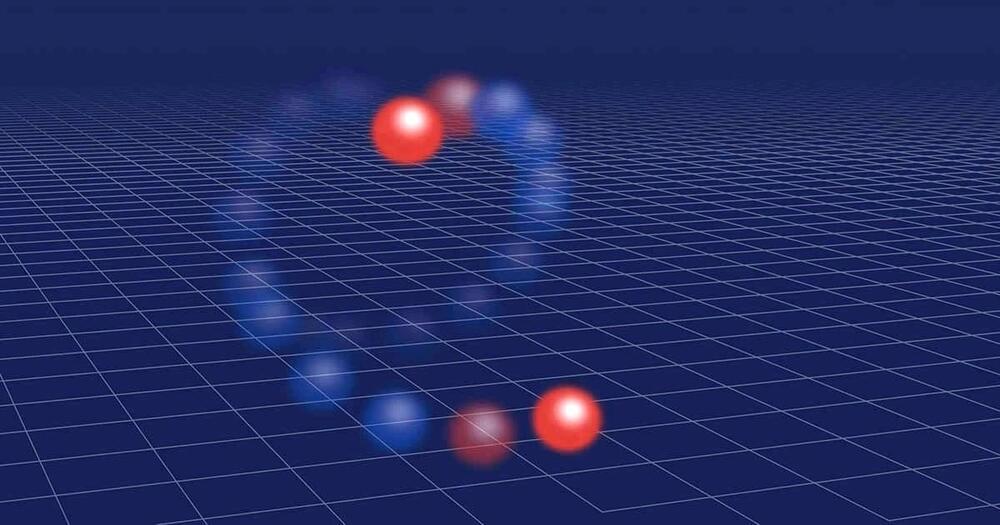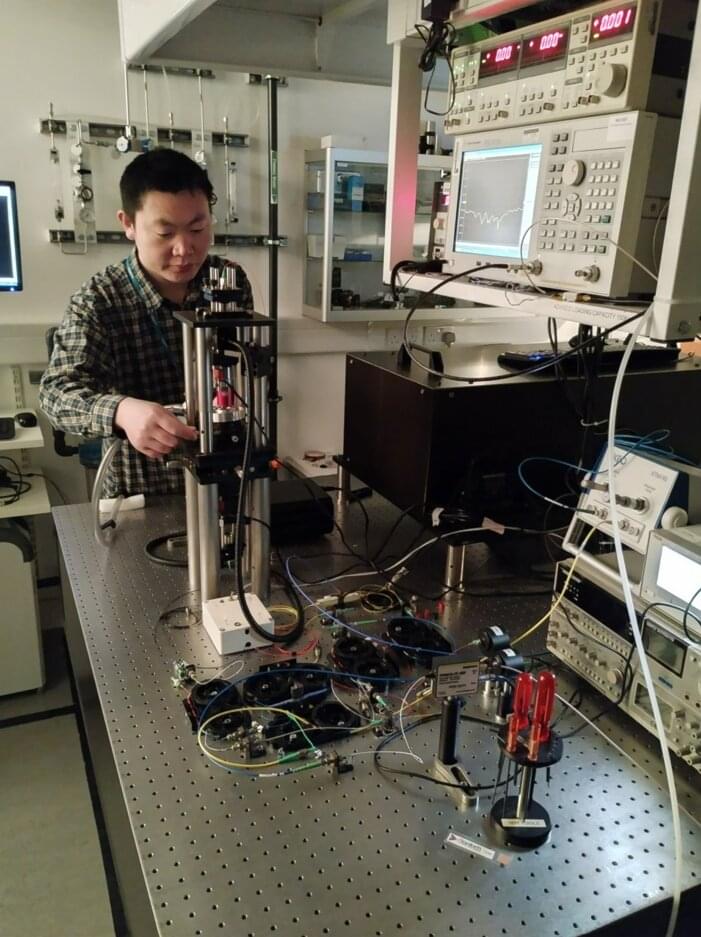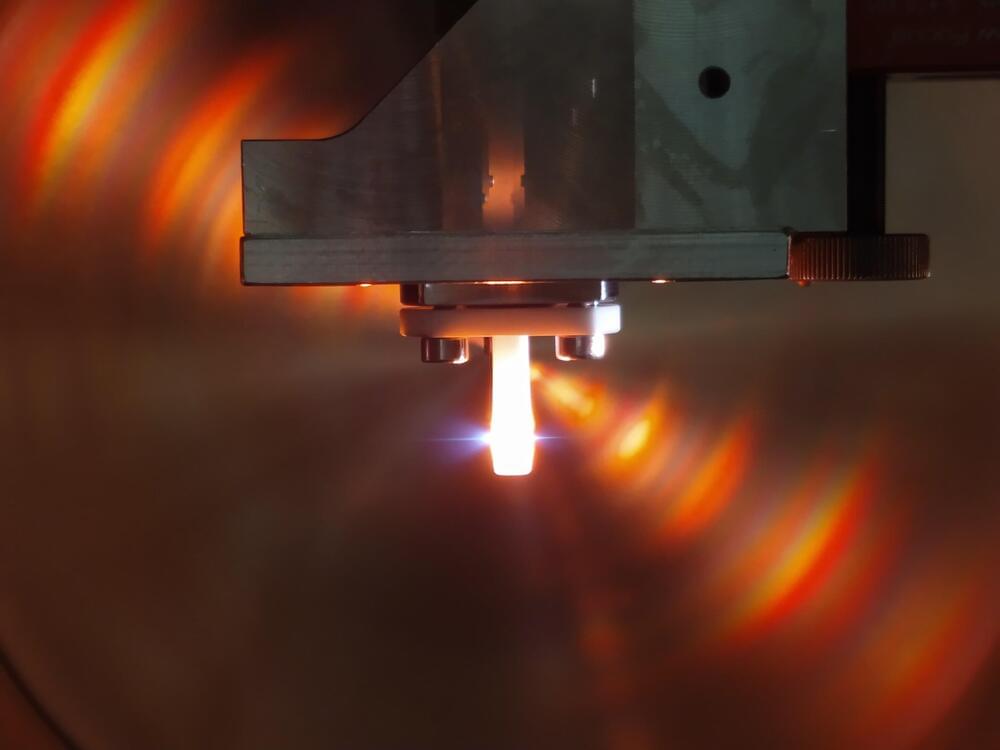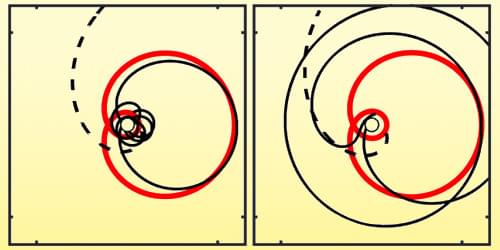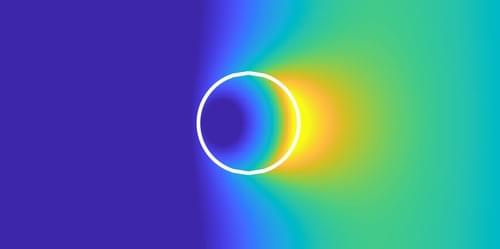May 12, 2023
Hybrid exciton–polariton particles surprise with negative mass
Posted by Paul Battista in categories: particle physics, quantum physics
A surprise observation of negative mass in exciton–polaritons has added yet another dimension of weirdness to these strange light-matter hybrid particles.
Dr. Matthias Wurdack, Dr. Tinghe Yun and Dr. Eliezer Estrecho from the Department of Quantum Sciences and Technology (QST) were experimenting with exciton polaritons when they realized that under certain conditions the dispersion became inverted—equating to a negative mass.
To add to the surprise, the unexpected cause has turned out to be losses.
